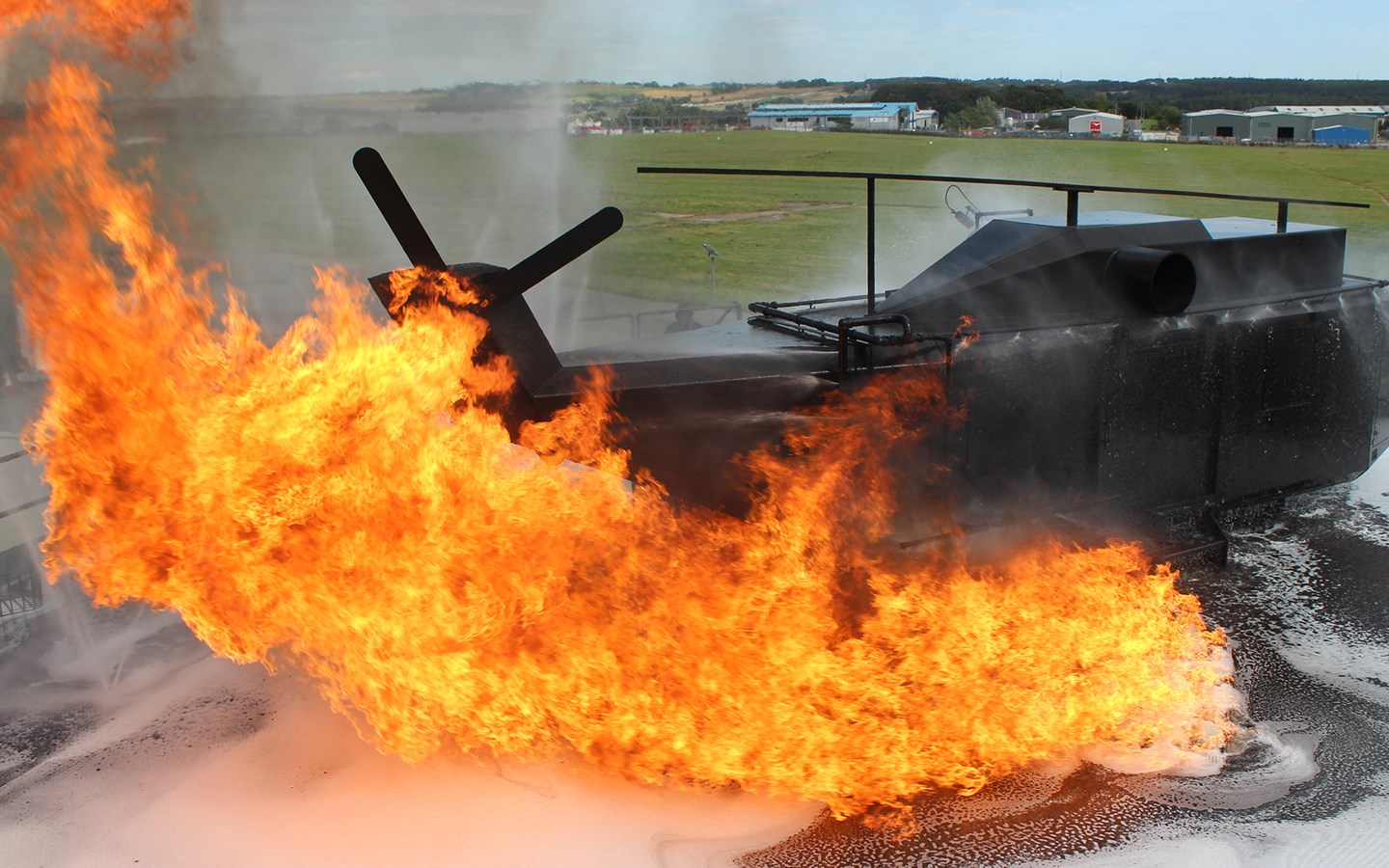Ok
Task risk assessment - Ensure that your hazards are consistently controlled and within your organisation's risk tolerance

About task risk assessment
All activities related to identifying hazards and evaluating risk to make certain that risks to employees, the public, or the environment are consistently controlled within an organisation’s risk tolerance
Read more
Features and benefits
The task risk assessment module consists of several features designed to help you to optimise the underlying processes
Read more
Task risk assessment
-
About task risk assessment
All activities related to identifying hazards and evaluating risk to make certain that risks to employees, the public, or the environment are consistently controlled within an organisation’s risk tolerance
Task Risk Assessment (TRA), also commonly referred to as Hazard Identification and Task Risk Assessment (HITRA), is a collective term that encompasses all activities involved in identifying hazards and evaluating risk to make certain that risks to employees, the public, or the environment are consistently controlled within an organisation’s risk tolerance.
The three main risk questions are:
- Hazard – What can go wrong?
- Consequences – How bad could it be?
- Likelihood – How often might it happen?
The WorkSafeⓇ control of work task risk assessment (TRA) module is a market-leading solution that offers you key and proven benefits over other solutions available on the market.
-
Features and benefits
The task risk assessment module consists of several features designed to help you to optimise the underlying processes
Intuitive and systematic risk assessment
The TRA module provides a systematic method of conducting task risk assessment and is designed to be extremely intuitive for the user. Task risk assessment provides a system that enables an improved standard of risk assessment without overcomplicating the process.Benefit: An intuitive system enables the user to follow a systematic process of conducting a task risk assessment and also means less training and greater efficiency, allowing users to progress much faster through the control of work process than has previously been possible.
Effective risk management
The TRA module uses a risk assessment process of identifying initial risk, and, then once control measures are in place, a re-evaluation of the risk is done (residual risk).Benefit: This facility enables understanding of the strength of the control measures as the residual risk figure should show a decrease from the initial risk.
Hierarchy of controls
The TRA module uses a hierarchy of controls in selection of control measures and provides guidance to the user where a higher control should be considered – through risk minimiser.Benefit: The selection of preventative control measures will improve the quality and standard of the task risk assessment, which will, in turn, reduce risks on site.
Stage gate management
On completion of a task risk assessment, the WorkSafe® system requires that the risk assessment is considered as low as reasonably practicable (ALARP). Permits, supplementary certificates, and scheduling of the task cannot be progressed until the task risk assessment is approved as ALARP.Benefit: Provides an additional check and highlights the importance of task risk assessment in driving the control of work process.
Intelligent controls
To ensure consistent information is used throughout the organisation, the task risk assessment process utilises a range of customisable hazards and controls which can also be categorised against energy sources, if required.Controls are predefined and are intelligent as they have an inherent ability to recognise the type of work permit and supporting certificates that are required in conjunction with self-determining the level of task risk assessment that is required.
Benefit: Allows users to concentrate on the creation of a thorough, well-thought-out and executed task risk assessment that automatically includes the associated controlling documentation without worrying about how to use the software solution.
Safety first approach
The task risk assessment process ensures that users only use the most effective and relevant controls to ensure that the most appropriate controls cannot be overlooked. As an example, the user is notified if a better control is available and the system encourages the user to re-evaluate and consider other controls that could be put in place. This feature is known as risk minimiser.Benefit: Promotes thought and challenges the users to ensure that task risk assessments are always relevant for the task being risk assessed and not simply being copied from another similar task.
Routine duties
WorkSafe® provides an additional system for storage of routine duty tasks, which enables low-risk tasks to be carried out by use of a routine duty template instead of creating a permit.Benefits: Improved efficiency by use of routine duty templates without sacrificing accountability and control.